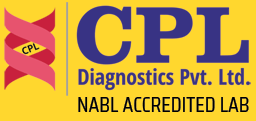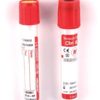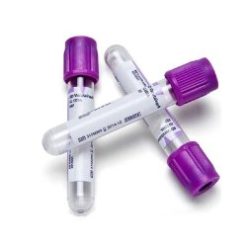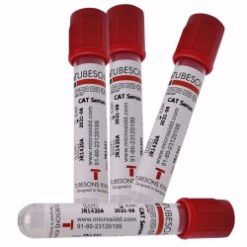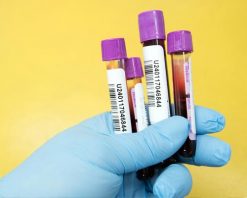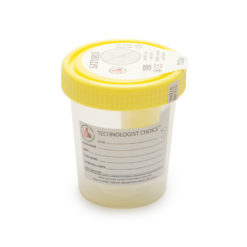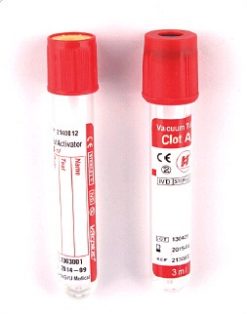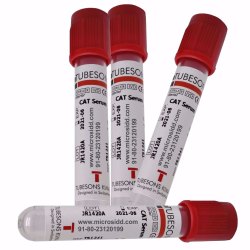
INSULIN LIKE GROWTH FACTOR (IGF-BP3)
2,200.00
Insulin-like growth factor 1 (IGF-1) measurement has generally been shown to have superior diagnostic sensitivity and specificity compared with insulin-like growth factor-binding protein 3 (IGFBP-3). IGFBP-3 testing should, therefore, usually be combined with IGF-1 testing. The combination of IGF-1 and IGFBP-3 measurements appears superior to determining either analyte alone in the diagnosis of growth hormone (GH) deficiency and resistance, and in the monitoring of recombinant human GH therapy. By contrast, in the diagnosis and follow-up of acromegaly and gigantism, IGFBP-3 measurement adds little if anything to IGF-1 testing. Low IGF-1 and IGFBP-3 levels for age are consistent with GH deficiency or severe resistance, but patients with incomplete GH deficiency or mild-tomoderate GH resistance may have levels within the reference range. In GH deficiency, GH levels are also low and show suboptimal responses in stimulation tests (eg, exercise, clonidine, arginine, ghrelin, growth hormone-releasing hormone, insulin-induced hypoglycemia), while in severe GH resistance, GH levels are substantially elevated. . Elevated IGF-1 and IGFBP-3 levels support the diagnosis of acromegaly or gigantism in individuals with appropriate symptoms or signs. Insulin-like growth factor 1 (IGF-1) and insulin-like growth factor-binding protein 3 (IGFBP-3) reference ranges are highly age-dependent and results must always be interpreted within the context of the patient’s age
